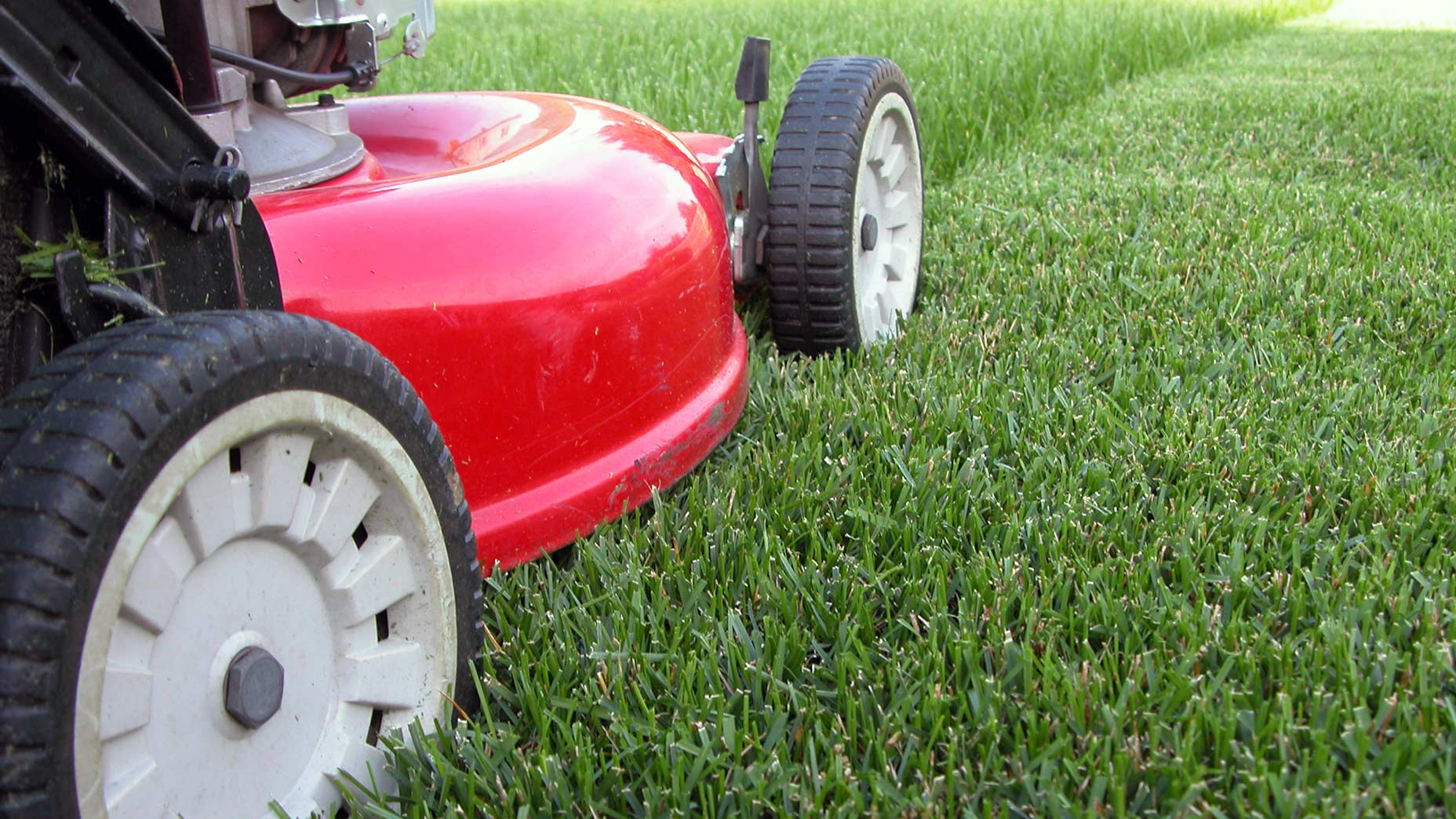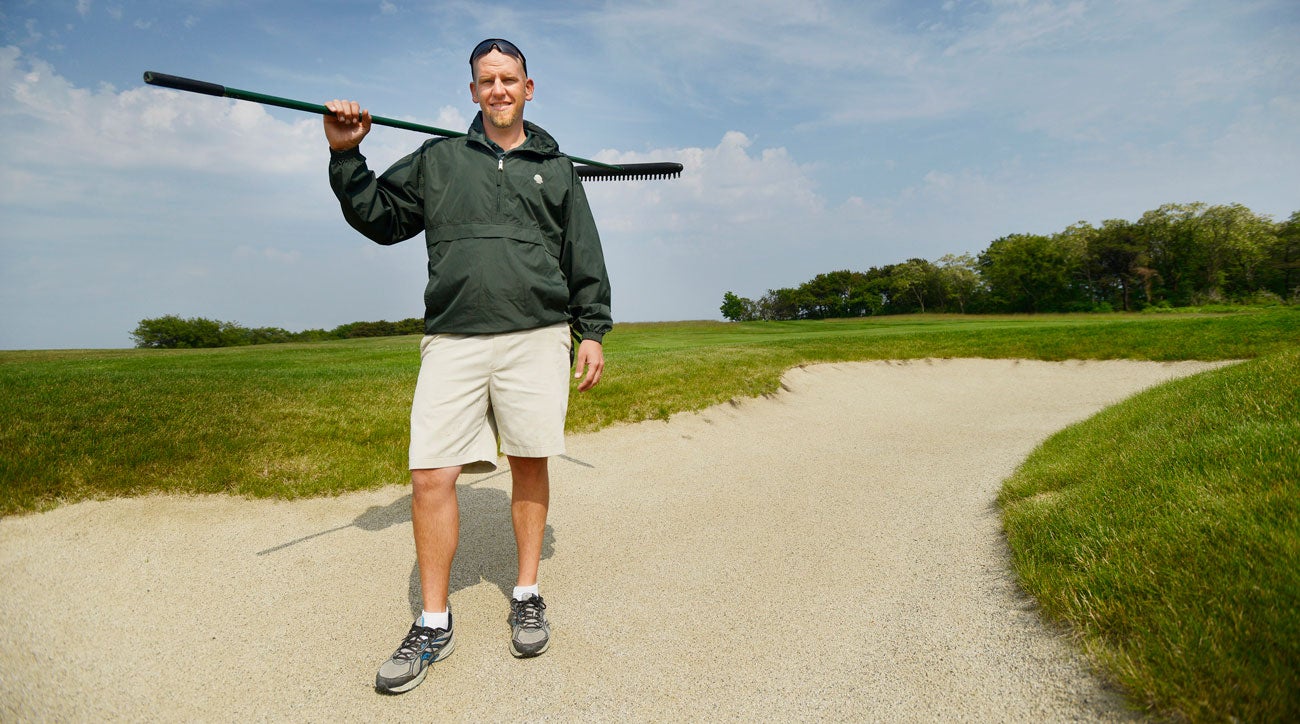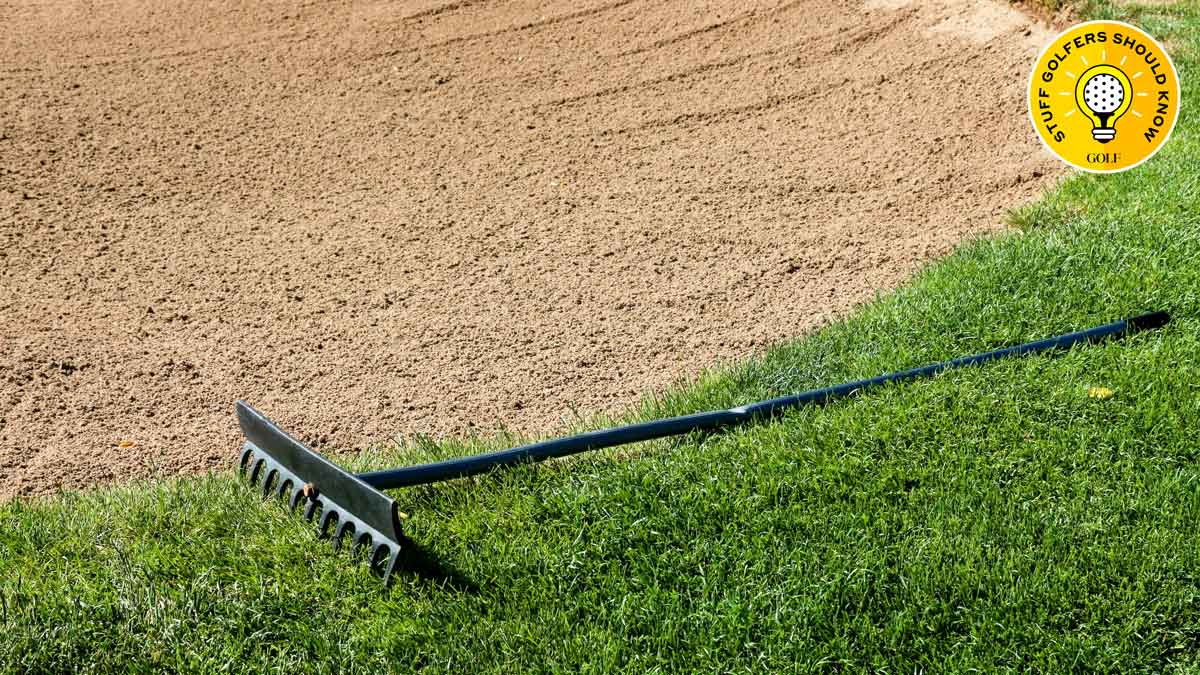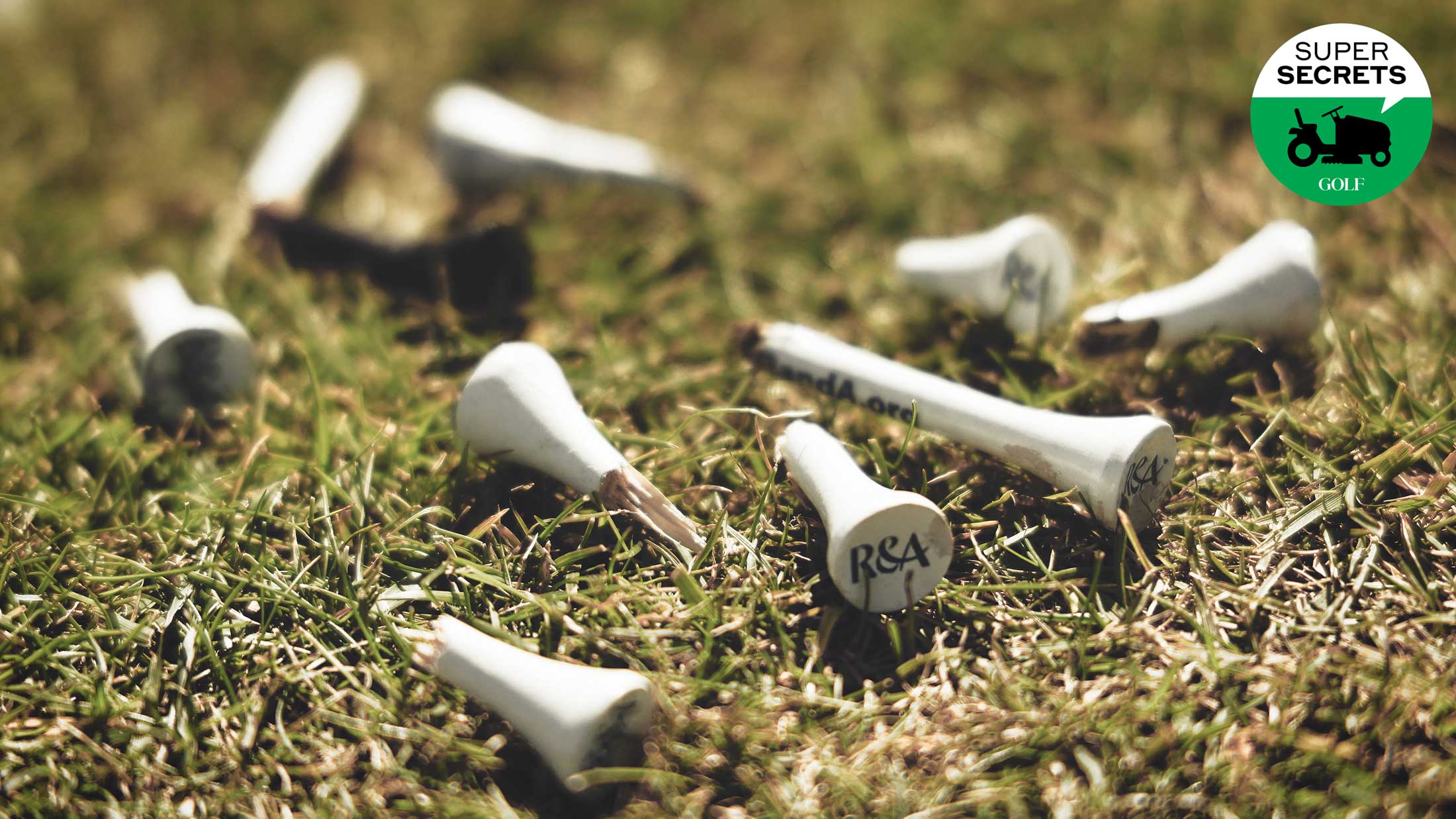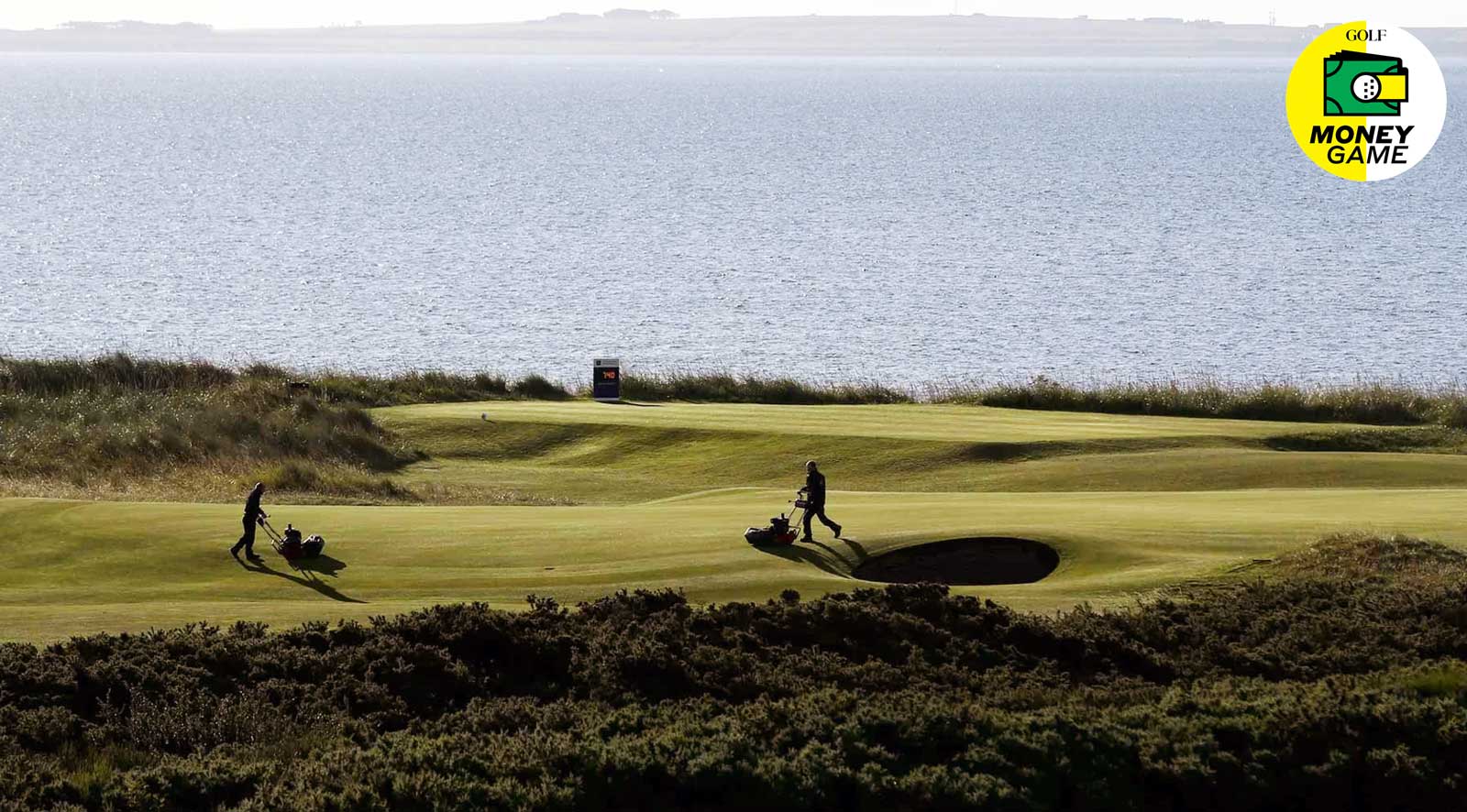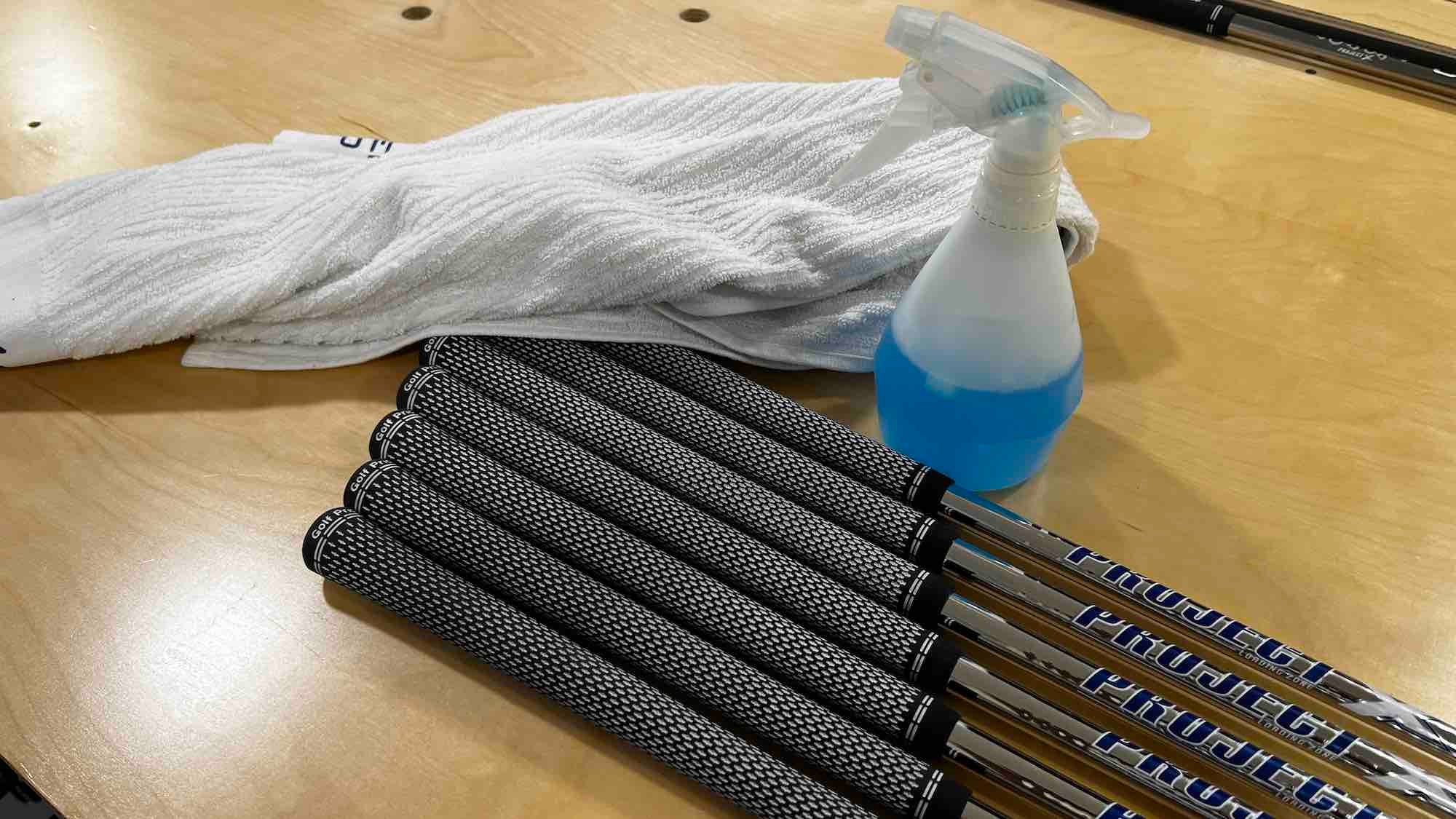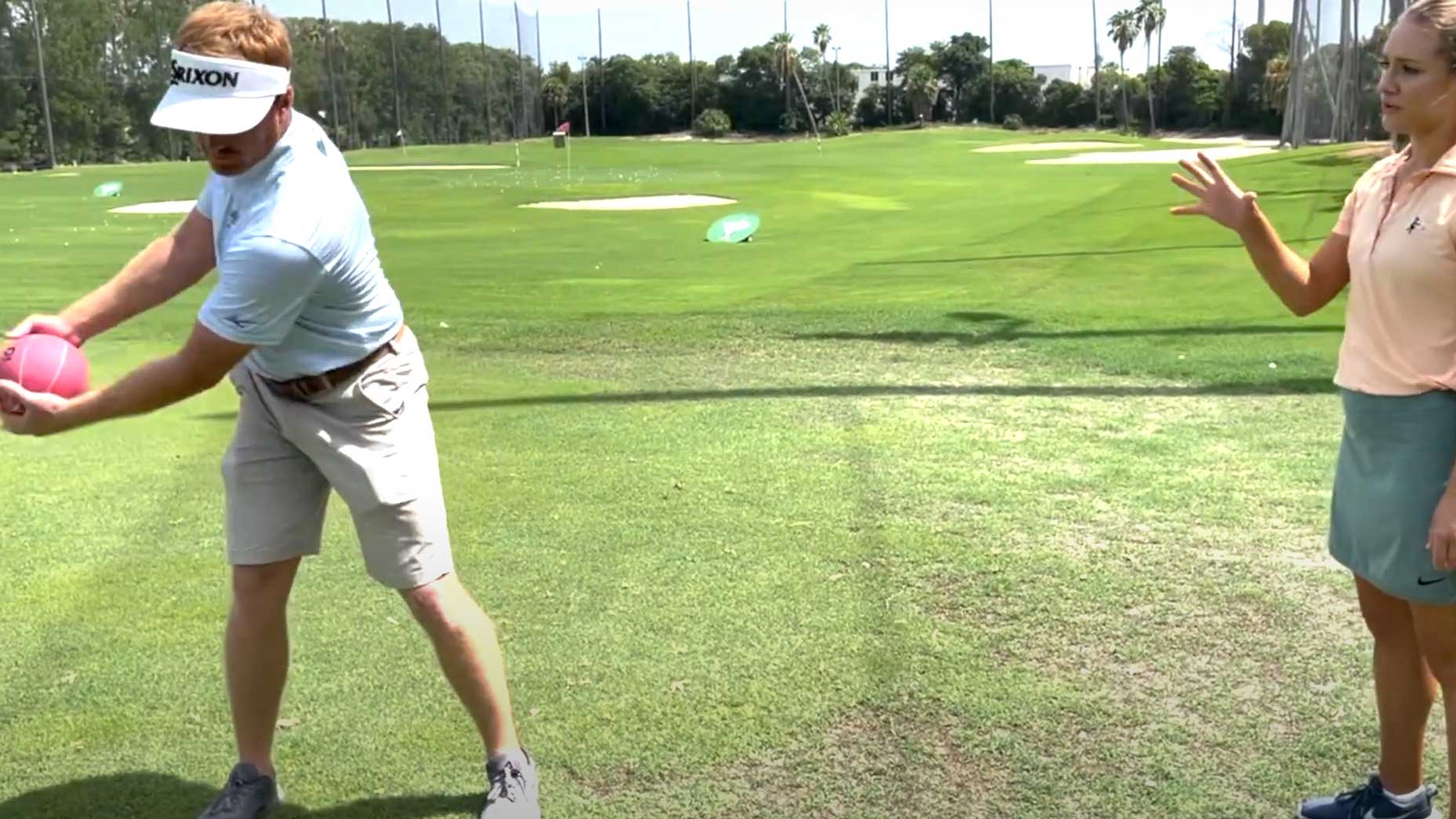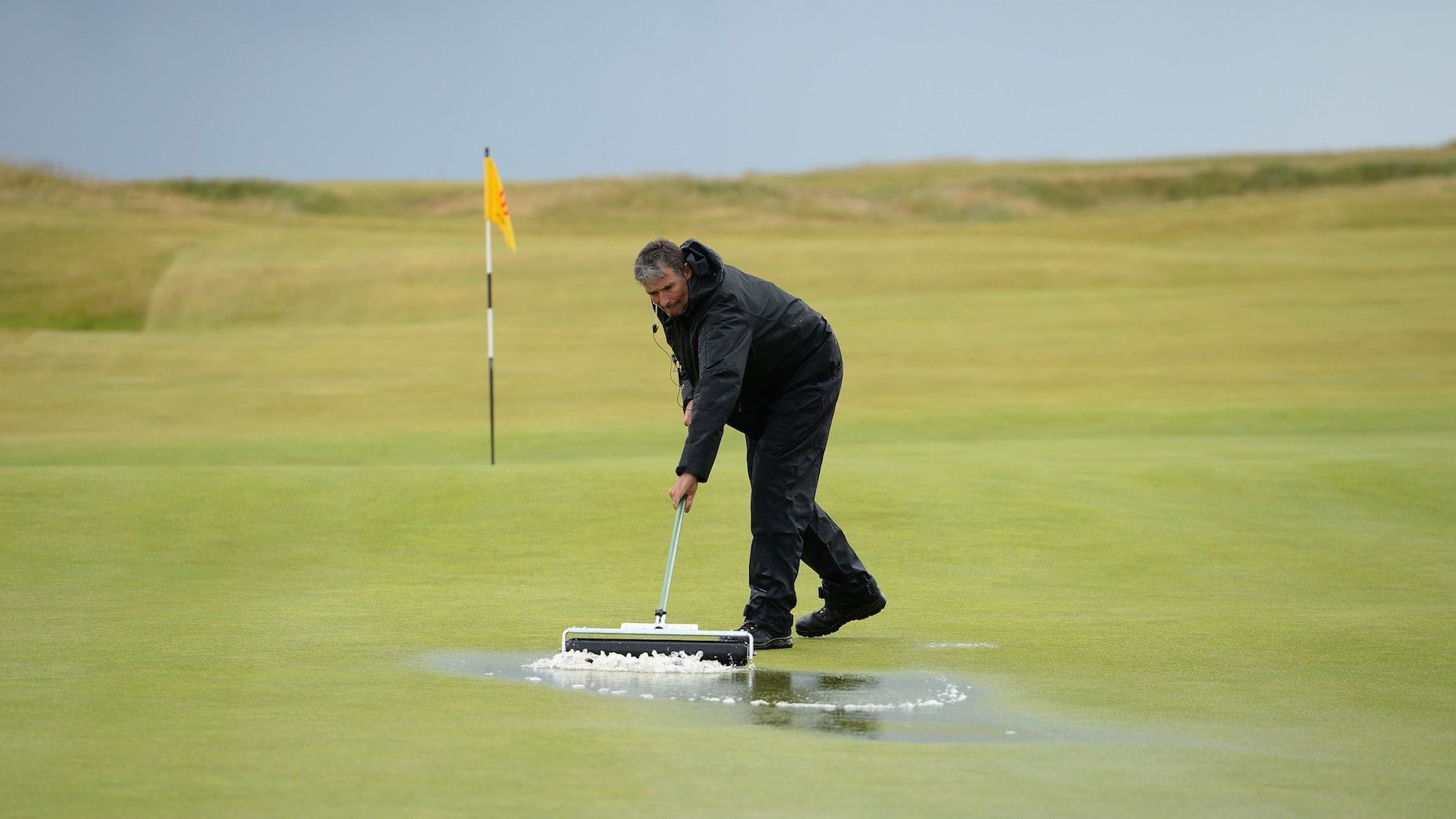In golf, the pros can teach us plenty about pitching, driving and putting. But they can also educate us about backyard mowing, watering and weeding. GOLF.com reached out to superintendents for tips on caring for the turf around our homes. Here are seven lessons from the fairways that apply to your own little patch of paradise.
1. Pick the right grass strain
Grasses, like wine grapes, come in many varieties, each with different traits. Just as courses take pains to plant the right grass type, so should you. “Many homeowners merely go to a store and pick up a box of seeds with no knowledge of their appropriateness to the site or the uses it will be put to,” says Jimmy Kidd, former superintendent of Gleneagles, in Scotland, and founder of the Scottish Greenskeepers Association.
Is your yard a showpiece only? A rough-and-tumble playground? Is it shady? Sun-splashed? Are there tree roots running through it that dry the grass in spots? Those are just some of the considerations. Before you plant, Kidd says, consult with a seed expert who can point you to the species that will suit you best. (Here are some pointers.)
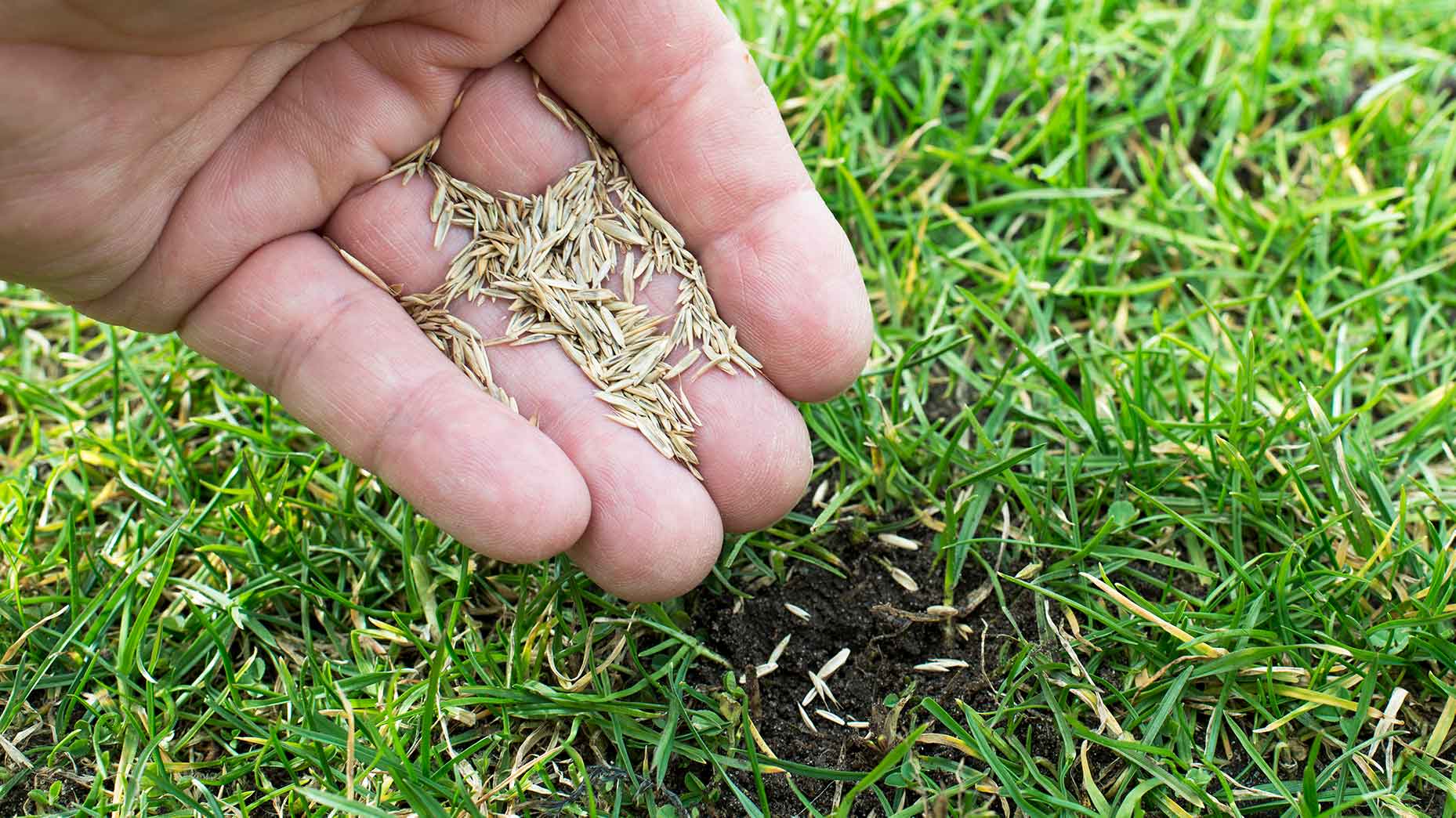
2. Don’t mow too low
Grass is not like hair. You can’t cut it all off and expect it to grow back just as it was. When it comes to mowing, superintendents abide by the “one-third rule,” the gist of which is this: Never chop off more than one-third of the leaf blade with a single mow. Lopping off any more can lead to a range of short and long-term problems, from browned-out patches to disease.
“The blade needs to have enough surface area so that it can carry out photosynthesis,” says Josh Smith, superintendent of Orinda Country Club, in Northern California. “Cut off too much and you’re basically stressing the grass.” Mowing roughly once a week is a good practice at home. If you let your lawn get shaggy, you may need to work in phases to get it down to your preferred height. Do a first pass with the mower, taking the grass down by no more than one-third. Then wait another day before you mow again.
3. Here’s when to water
Superintendents go to great lengths to conserve water, which is why they do the bulk of their watering at night, Smith says. When you water by the heat of day, you lose water to evaporation. In extremely hot conditions, some of it is gone before it even hits the ground, and more of it vaporizes when it lands. Every now and then, you might see a golf course watering by day. In those cases, Smith says, the maintenance crew is likely just spot watering, honing in on a specific swatch of turf that needs a little extra care.
And they might not just be spraying water. Often, they’re adding fertilizer, and using a wetting agent that helps the water absorb into the soil so the turf can get a healthy drink. Unless your home is the Palace of Versailles, with acres and acres of grounds to tend to, you shouldn’t need to do this. Take care of your watering before the sun comes up or after it goes down.
How much do golf course superintendents earn? The answer might surprise youBy: Jessica Marksbury
4. What about grass clippings?
Most golf courses clear grass clippings from tees and greens. That’s for playability and appearance. They also do so around approach areas, so that golfers don’t track down cuttings onto the putting surface, Smith says. What most golf courses don’t do is clear trimmings from the fairways because, well, that involves a ton of labor. What’s more, there’s a benefit to leaving trimmings, which decompose and provide nutrients for the turf.
In your own yard, to clear or not to clear is largely a matter of aesthetics. If you’re keen on making your lawn look like Augusta National, by all means, clear away. But leaving trimmings behind isn’t bad for the grass, Smith says, unless those trimmings become moist and matted clumps, like the kind that often form in damp conditions. Those can create problem spots, so don’t leave them lying on your lawn.
5. Fertilizing facts
To feed or not to feed? That’s another question. The answer depends largely on homeowner preference, Kidd says. If you want your grass to look its lush and verdant best, “a little regular fertilization” is appropriate, and spring and fall are the usual times to do it. Keep in mind, though, the amount of fertilizer you need will likely lessen if you leave grass clippings on the lawn after mowing.

6. The ins and outs of aeration
Punched greens are terrible to putt on. But once they’ve recovered, they’re great to play on. The same is true of a punched lawn. That’s because punching — a.k.a. aeration — promotes healthy turf by helping water and nutrients move through the soil so the roots can more readily absorb them. As with so much yard care, choosing to punch — or not — depends on what you’re after.
Aeration, Kidd says, can be especially helpful on lawns that double as play areas, where the ground gets compacted. You can rent a machine to help you do the job, but, Kidd says, “aeration equipment can be as simple as a garden fork inserted into soil and manipulated to create air spaces all over the lawn.” Punching in the spring encourages new root growth and helps with fertilizer and water penetration, whereas autumn aeration is generally meant to reduce soil compaction and prevent waterlogging over the winter.
7. What to do about weeds
Weed killers do exactly what their name suggests. But that doesn’t mean you have to use them. As part of golf’s ever-growing eco-friendly focus, superintendents rarely turn straight to herbicides “Before that, you’re running through a list of variables that you’re trying to do right by,” Smith says. How big an area is it? How many weeds are there? How important is it for you to get rid of them all?” When you’re surveying your yard, ask yourself the same questions. “If it’s just a small section, you can probably get all the weeds up by hand in an hour,” Smith says. “In my book, if you can hand-pick, that’s the ideal way to go.”
